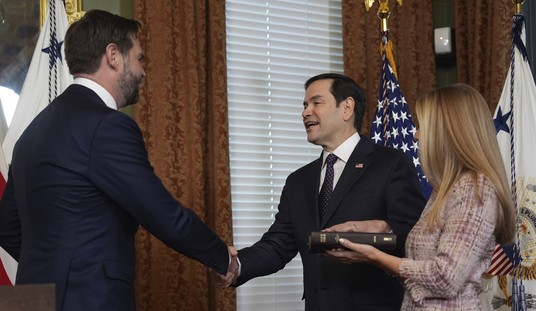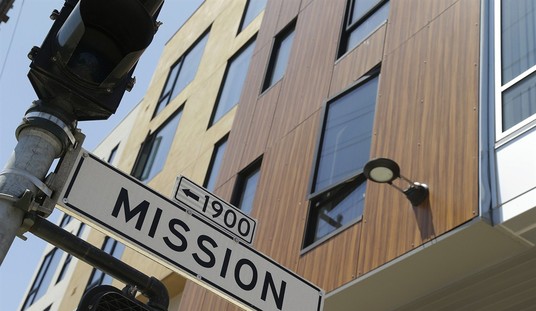As Republicans search for ways in which the party can more effectively make its case for free-markets and slimmer tax codes as the best and most efficient means to create the healthiest, most prosperous societies, many of the country’s 30 GOP governors are looking to turn their states into models of the ways in which conservative principles can work — a feat highlighted by the WSJ earlier this week:
Kansas Gov. Sam Brownback says he wants to create a ‘red-state model’ for the national Republican Party.
How? By turning Kansas into what he calls Exhibit A for how sharp cuts in taxes and government spending can generate jobs, wean residents off public aid and spur economic growth. …
Coming off the largest tax cut in state history on Jan. 1, Kansas is now on the leading edge of a growing but still largely untested quest among conservative governors to create growth by dramatically revamping state tax codes. …
The focus on fiscal innovations in the heartland comes as conservatives nationally seek ways to revive the GOP’s standing in the aftermath of its stinging election losses last year. Bruised by the continuing budget battles in Washington, where divided government has led to near-gridlock, top Republicans nationally are holding up Kansas and other GOP-dominated states as examples of what the party might accomplish if left to its own devices.
And while many GOP governors are looking for innovative solutions to help make their states more competitive, the highly illustrative flip side of the red-blue coin is readily available from the state with the country’s worst credit rating. Reuters reports:
Illinois Governor Pat Quinn, already the most unpopular governor in the nation, has his work cut out for him at his annual “state of the state” speech on Wednesday…
The fiscal crisis caused by pension underfunding in Illinois is so bad that some hospitals wait a year to be paid by the state for insurance claims.
At the same time, teachers in Chicago’s wealthy suburbs are retiring with six-figure salaries set by school districts on which pensions are calculated, and the state pays the bill. The benefits cannot be reduced, according to the state constitution.
Illinois’ pension systems are in the worst financial shape of any state at 39 percent funded when no less than 80 percent is considered healthy. State pensions are in the hole by the staggering amount of nearly $97 billion, or $20,000 per Illinois household and nearly four times the annual state revenue. …
But economic growth in President Barack Obama’s home state has lagged the nation for decades, according to a national task force on state budget problems, and its unemployment rate of 8.7 percent is the sixth highest in the nation.
The state has been making half-hearted, gimmicky attempts to “balance” their budget via delaying bill payments, and any real reform to the system will require Democrats willing to take on the state’s organized labor interests — a daunting task, to say the least. Breaking up union-strangleholds have also been on Republican governors’ to-do lists of late, with right-to-work legislation recently passing through Indiana and Michigan, and Pennsylvania might even be on deck. Maybe Illinois should consider take a leaf out of their book? …I know, I know. I can dream.








Join the conversation as a VIP Member